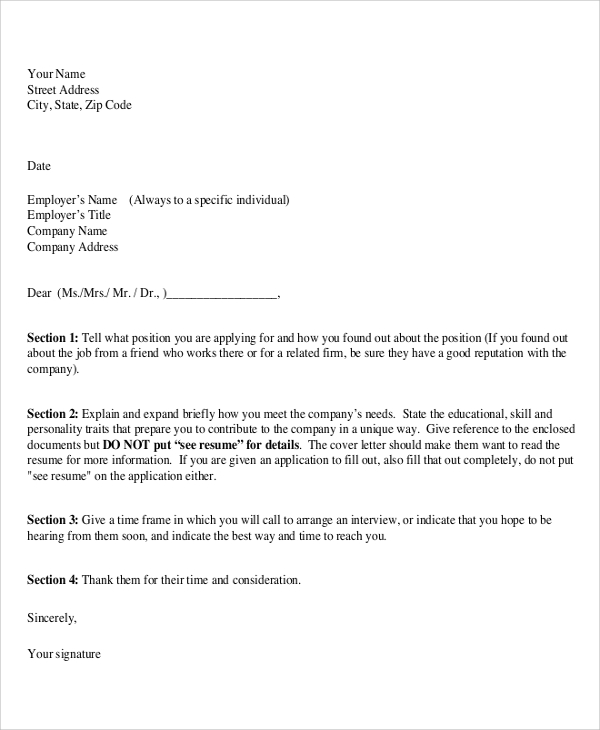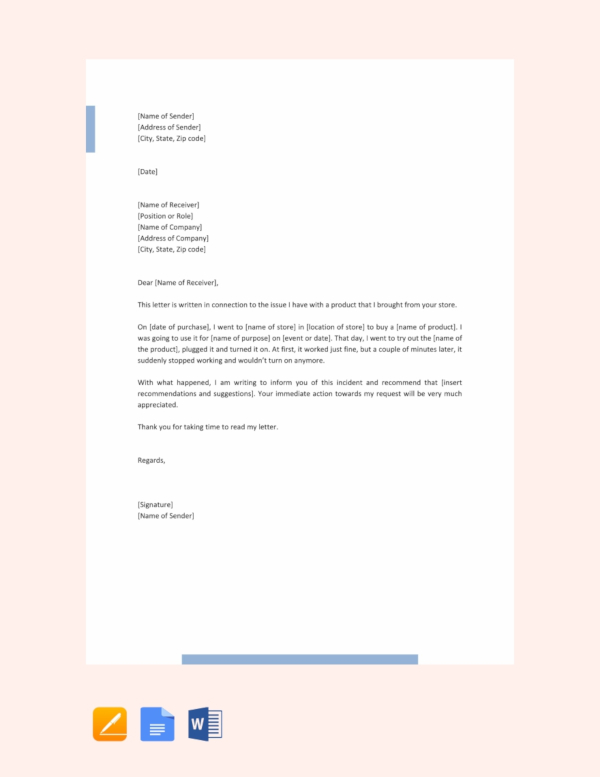
When the expression contains two words, such as Thank you, only the first word receives an initial upper case letter.Less formal expressions such as Regards, Best regards, and Best wishes should be used only when the writer is addressing a business associate that is also a friend. Customary expressions used to close a formal business letter include Thank you, Sincerely, Sincerely yours, and Yours truly.The complimentary close is placed two spaces below the last line of a letter's body.In such instances it is appropriate to indent the first line of each paragraph. This is done purely for cosmetic reasons, giving the letter a more visually balanced appearance on the page. It is acceptable to double space the text of a letter when the body is very short.Each paragraph should be single-spaced and justified to the left margin of the page with a double space separating each paragraph. Begin the body of a business letter two spaces below the salutation or attention-getting device.The salutation, To Whom It May Concern: is very out of date-very 20th Century.For example, Attention: Accounts Receivable or Subject: Billing Error may replace more familiar forms of greeting. An impersonal device may be preferable when addressing a letter to a large organization where the recipient's name is not likely to be known.are perfectly acceptable options for gender-neutral correspondence. Dear Student: Dear Customer: Dear Resident: etc.

#Correct letter layout full
It should include the title and full name of the recipient, followed by a colon. Its placement belongs two spaces below the inside address and always justified to the left margin of the letter.

When the recipient' name, title and position are known, they should be included as the first two lines in the inside address and placed directly above the name of the business or organization.Identifying words such as Avenue, Circle, Court, Drive, and Street should be spelled out rather than abbreviated.
#Correct letter layout code

an additional notation section often follows the close.When a business letter requires more than one page, the secondary pages should have a header that includes the recipient's name, the page number and the date. Letters not on company letterhead stationery are written in a modified block style with the heading, date and complimentary close left justified to the center line and the inside address, salutation and body justified to the left margin.

When business letters are written on company letterhead stationery, they are generally formatted in a full block style with each part of the letter justified to the left margin.


 0 kommentar(er)
0 kommentar(er)
